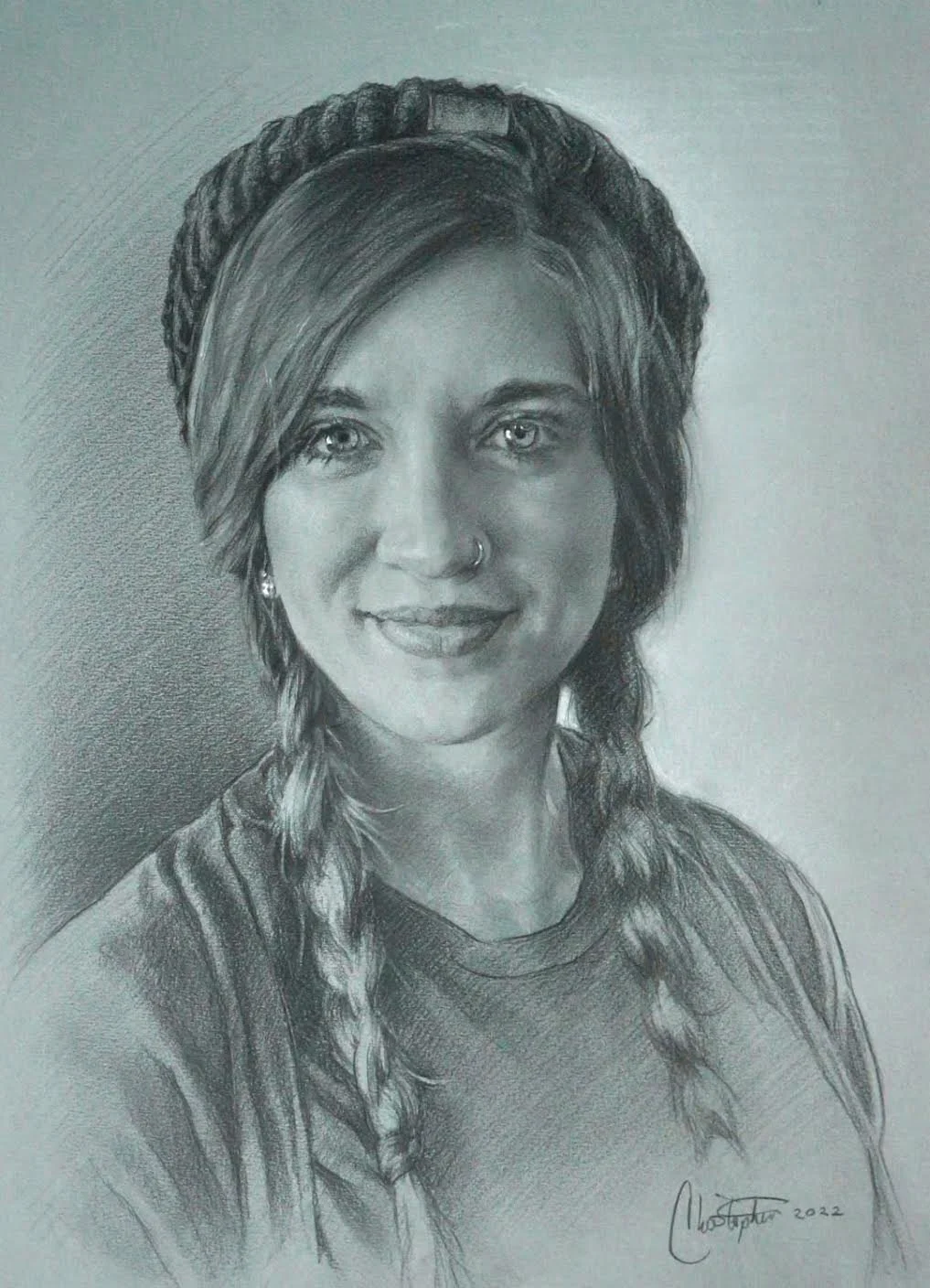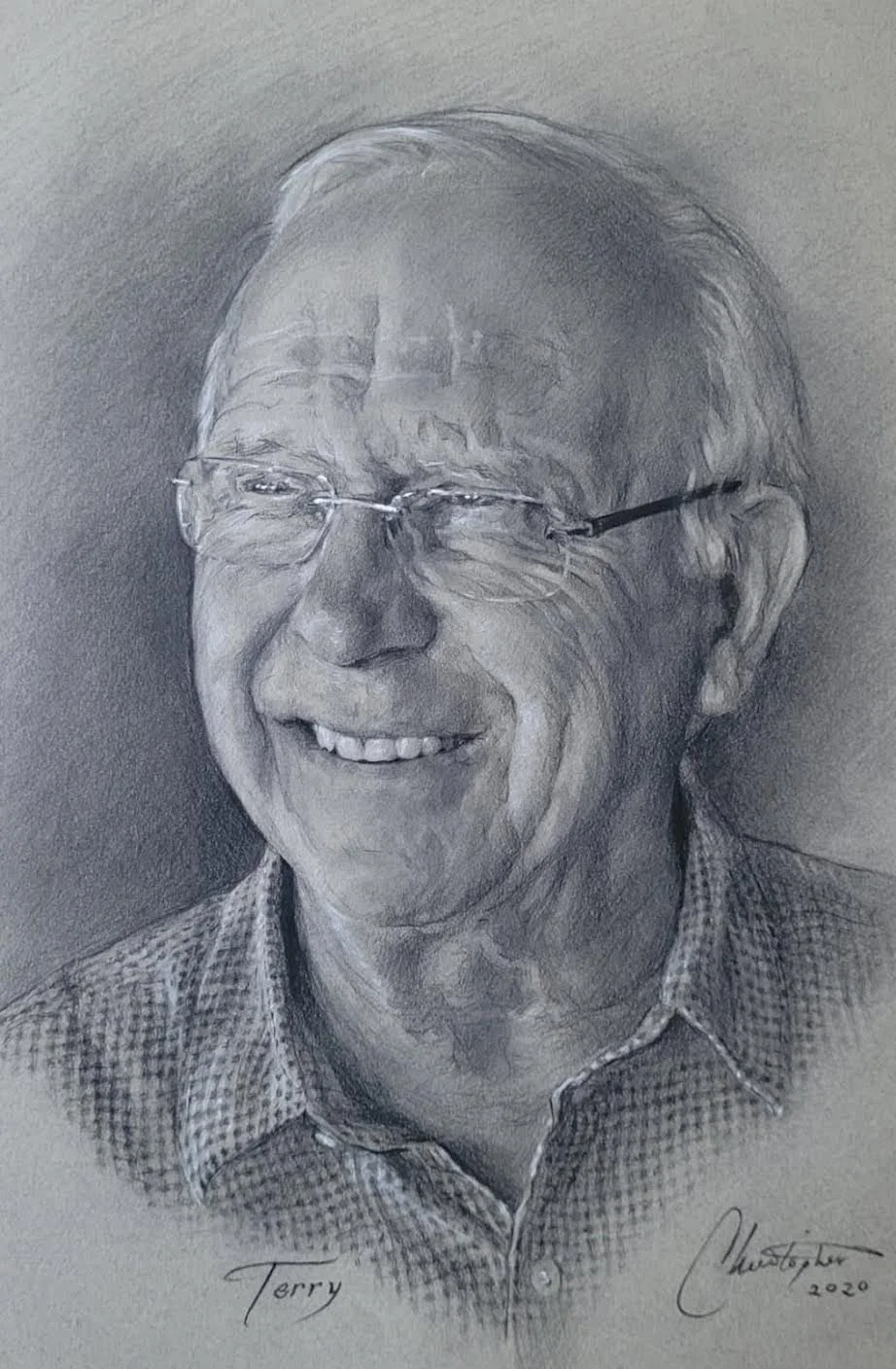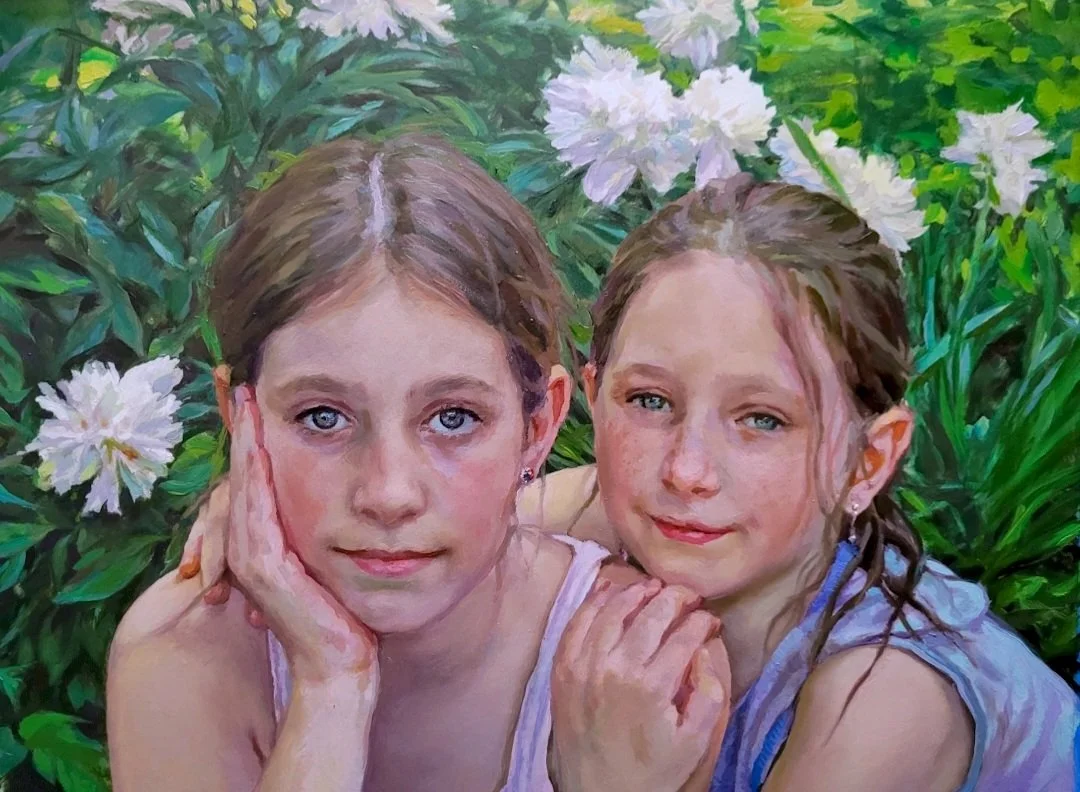Christopher Huffman: Foundations of Drawing. 2 Day Workshop, May 30 & 31st.
Christopher Huffman: Foundations of Drawing. 2 Day Workshop, May 30 & 31st.
May 30 & 31, 2025
Friday and Saturday
9:30 am-4 pm
$250
In this 2 day workshop, the fundamentals of drawing will be addressed and explored. Students will be given a variety of exercises to help them cultivate a certain sensitivity both in seeing and in the use of their hand. Learning how to see, not technical skill, is the foundation of drawing. Technical skill can be learned, but it will be of little help if one has not first learned how to see what one is attempting to draw. There is, if you will, a default setting in the brain that causes us to translate what we see into symbols or concepts (most likely based on the sense of touch). This is why we draw outlines around everything, But this is not the way we actually perceive what is around us. Light describes what we see, and as such we have light and shadow (or patterns of light and dark). Along with this we have shapes, and then we have edges, some sharp and clearly delineated, others soft and diffused, and still others lost. We also have contrast of lights and darks: the more contrast, the sharper the edges, the more the eye is drawn to those aspects of any given subject. In drawing, these things—line, values, edges and shapes—comprise the syntax of a visual language, which is what drawing is, and what we as artists are trying to do is to become increasingly fluent in that language. The more adept we are at seeing, the better we can express what we are wanting to communicate to others in our drawing.
Successful drawing is the marriage of the heart (the aesthetic) and the hand (the technical). A big part of the aim in becomeing a good draftsman is to have these two aligned, working together seamlessly.
Some of the exercises:
Basic shapes (spheres, cubes, cones, cylinders, pyramids). These are the foundational building blocks underlying all form. If one can learn to draw these, oriented in space and from any angle, one can draw anything. We will draw these shapes lit from various angles.
Proportions. Plumb lines. Using measurement to make sure the foundation of one’s drawing is sound. This is critical to good drawing. If the proportions are off, no amount of detail will save it: one will simply have at the end of it a beautifully detailed mistake.
Blind contour drawing. In this exercise one looks at the subject one is drawing the whole time, not looking at the paper at all. This cultivates a certain sensitivity of the eye and causes the student to slow down, actually looking at what he or she is drawing.
Drawing with the non-dominant hand. This is a deceptively simple exercise but a powerful one. This takes us from “default” mode and causes us to be more searching in what we are attempting to put down on the paper. Students invariably find the drawing done with their non-dominant hand, when compared to the same subject drawn with their dominant hand, to be more sensitively rendered.
Negative space. In this exercise, the student draws what is around the main subject. This helps them to better see that the main subject does not exist in isolation but is part of an environment. Everything is in relationship to everything else around it.
Contour hatching. This exercises involves drawing lines over and around the form, much like imagining a fly whose legs are dipped in ink, walking over the surface of something. This helps the student to better see the actual volume of things—their girth, their roundness, etc.
Gesture drawing. One attempts in this exercise to distill the essence of the subject in just a few seconds with a kind of frenetic scribbling, capturing its movement, overall energy and placement in space—whether it’s a person or an inanimate object.
Value drawing. In this exercise one is not allowed to use lines but must render everything in shading only. This helps the student to better see shapes and patterns of light and dark.
A workshop like this serves as an introduction only, as the challenge of learning to draw well is ongoing and is something to be honed and refined the rest of one’s life. These and other exercises can be practiced further in a weekly class setting, where each student can have the input from a teacher on what he’s doing correctly and where he might still find himself struggling.
A seasoned artist and a beginner frequently do the exact opposite of each other. One example of this: the artist is never distracted by the details of his subject but, first and foremost, seeks to get the larger proportions right before placing detail. Beginners, on the other hand, almost always get lost in focusing on details, neglecting to see the larger whole into which those details are to be placed. This invariably results in the proportions being off. The artist moves from the general to the specific, seeking to get everything placed correctly before committing to any final detail.
In the beginning, when one is attempting to master drawing skills, it’s quite all right if one wants to draw everything. In fact, it’s encouraged. It’s part of learning mastery. Later the artist can choose what to emphasize, what to minimize or even what to leave out entirely, if she wishes. A camera, on the other hand, is indiscriminate. It takes in everything. The artist is not a camera. He can choose what he wants the viewer to see. That’s what makes being an artist so wonderful and what makes art so magical. And that’s why it’s never boring. In a world where so many things get old, art never does. One is always discovering.
Christopher Huffman
Artist Bio:
Christopher Scott Huffman, a native of Texas, has now lived in Tennessee most of his life. His journey into art started (or so he is told my his mother) when he began drawing at 3 1/2 years old. He knew from childhood he wanted to be an artist when he discovered Leonardo da Vinci and was mesmerized by his drawings. It was the closest thing to magic he could imagine and was captured by how someone could elicit, by the delicate use of line and shading, the extraordinary grace and beauty a human being could achieve in drawing. That set him on a path to explore other great artists, pre-eminent among them Raphael, Titian, Rembrandt, Velasquez and Peter Paul Rubens.
Christopher studied life drawing at Watkins Academy in Nashville and later taught life drawing as well as oil painting at the Watkins College of Art and Design. Offered a scholarship to the Memphis Academy of Art, he turned it down and instead devised his own curriculum, studying the methods of the European Masters as embodied in the Venetian, Flemish and Dutch Schools to learn painting.
He currently resides in Nashville and works in charcoal, graphics, oil and watercolor. He also conducts watercolor classes at the Centennial Art Center and has mentored individual students as well in drawing, in watercolor and in oil.








